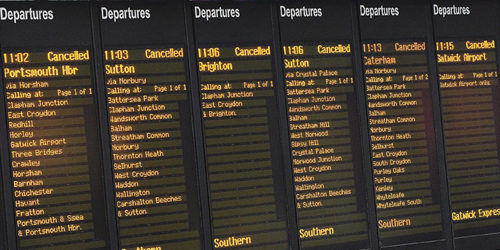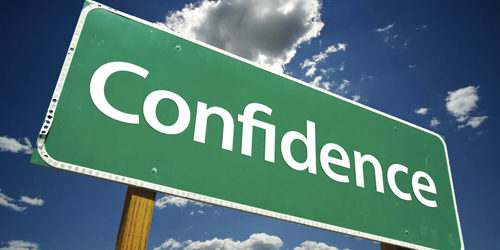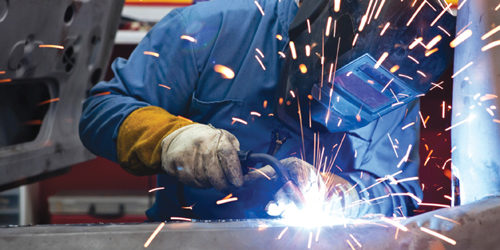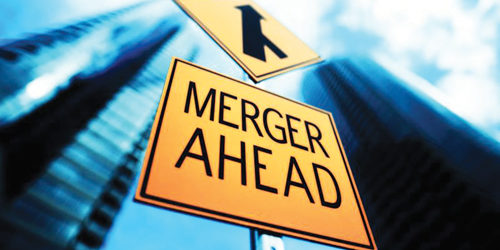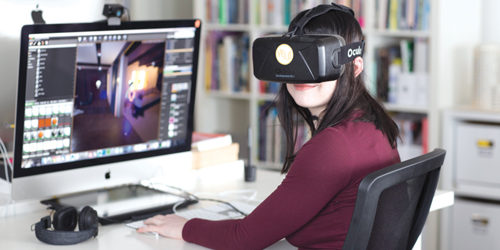
Inside the four walls of our office you can fly through buildings, explore unbuilt structures, and walk around your dream home. Though take care when reaching out for that door handle as you may find yourself knocking over a cup of coffee instead.
Virtual Reality, or VR, has seen some false starts in the past, but with high end consumer systems making their way on to the market in 2016 the technology finally looks like it is here to stay. The entertainment industry has generated the most interest in regards to VR, but make no mistake, architects and others within the construction industry are already incorporating VR into their workflow and reaping the rewards.
By using a VR system such as the Oculus Rift or HTC Vive people can experience a simulated environment as if they are physically present, as opposed to viewing it through a 2D screen. A head mounted display tracks physical movement and alters what it displays based on the motions of the user which results in an incredibly immersive experience.
At Yelo we immediately saw the benefits this could offer which led us to hire our 3D visualiser, Ellen, in 2015. With a background in game development Ellen was already familiar with the technology involved and has helped develop the industry leading VR service we have today - producing 3D models and scenes of our projects that can be freely explored in first person.
How is this useful to architects?
For those unaccustomed to working with architectural drawings it can be a struggle to conceive a finished build from a set of 2D plans. Professional renders look great and are often vital in the planning process, but nothing comes closer to actually being in a finished build than experiencing it in VR.
This is invaluable when presenting designs to clients as they are able to explore every nook and cranny, get a grasp of scale, and appreciate all the features and materials. With this insight they can immediately provide us with comprehensive feedback very early on in the process of the project. Everything within the scene has been meticulously modelled and placed and any desired changes can easily be identified, eliminating any costly last-minute revisions that may have otherwise slipped past. These benefits do not just apply to clients, but to other staff within the practice and consultants.
By carrying out the whole process in-house as opposed to outsourcing we are also able to efficiently make any alterations that the client suggests, helping to further avoid excess revisions. Everything is accurate as there is constant communication between the design, technical and visualisation departments.
Financially the start-up costs are low. The most popular high end VR systems cost between £500 and £800, and although a powerful machine and specialist software are also required these are usually already owned.
It’s not all peaches and cream
It does seem to be an obvious choice to embrace the technology, but there are limitations. VR is an investment in time. Creating a detailed scene takes a very long time to ensure everything holds up under vigorous exploration and examination. Scenes also have to be optimised for smooth realtime viewing as any stuttering or lag can cause motion sickness. This isn’t an issue with 3D visualisations such as images or videos, where complex scenes with a much higher level of detail can be rendered out over an extended period of time.
From a physical point of view the current equipment requirements are far from ideal; a fluid experience requires the user to be connected to a headset that is attached to a powerful computer. This restricts the experience to one user in a fixed location and though mobile options are available the reduction of graphical quality and user control is often too much of a compromise.
Given time, improvements in technology will reduce these limitations and hopefully provide a more portable solution that can be shared by multiple people at any given moment, and where changes can be made almost instantaneously.
To the future
It hasn’t been long since the introduction of VR as we know it today, but it has already taken root within the architecture and construction industry. A recent poll we conducted showed that over 75% of people who responded would consider VR as a factor when searching for an architect - something that would have been practically unheard of 5 years ago! And we can only expect that percentage to increase as more and more people grow familiar with the technology.
The feedback from all of these projects has only been positive; no one has put on a headset and not been excited to dive into all the details of the design, or walked away without a clear vision of the outcome of the project. For the best preview of your future build and complete security of mind there is nothing better than getting hands-on in Virtual Reality. Yelo Architects is a contemporary architectural practice working with developers and homeowners to create beautiful practical buildings across the South East of England. Contact us today if you would like to hear more about how we can make your dream project a reality.



